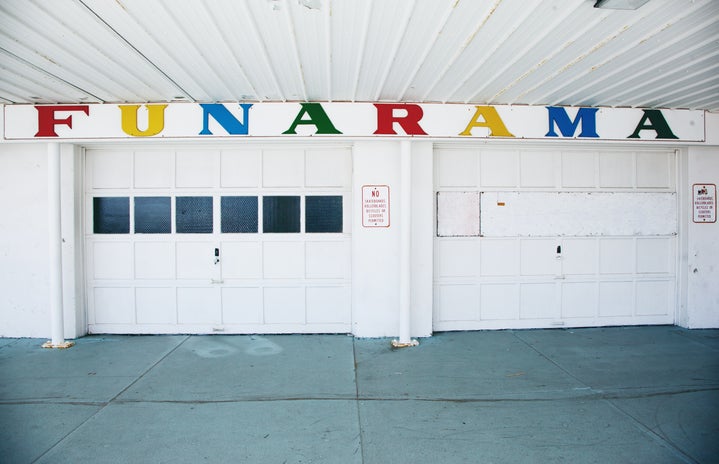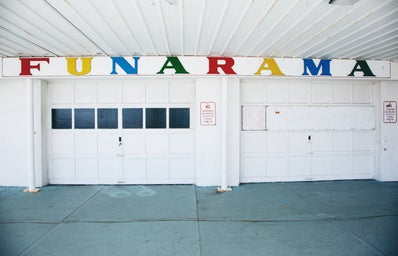For gossip, celebrity news and style tips, I always look to Cosmopolitan, which is pretty much the norm for American women. For Cosmo in the U.S., the Kardashians, “sexoscopes” and all things Bachelor-related are considered front page news. As an American woman, I’ve come to expect as much from magazines geared toward females, as sitcoms and celebrity gossip are at the very core of feminine publications. That being said, when I came across the UK’s webpage for Cosmo, I came to realize how vastly differently women’s “interests” are perceived in European countries.
For instance, on the American Cosmo webpage, heartthrobs and attractive male celebrities are the first two things I came across. More specifically I saw “To All the Boys I’ve Loved Before” star Noah Centineo’s face more times than I can count. Other headlines included Kim Kardashian’s “grillz,” Nicki Minaj’s two boyfriends (which I’m still slightly confused about) and Netflix’s original movie “The Kissing Booth.” Yep, we’re still on that.
Another issue that could have affected both magazines is media coverage. Here in the U.S., reporters will catch literally anything on camera. We even have a show that publicly crosses personal boundaries, and advertises it proudly. (“TMZ,” anyone?) In today’s world, American privacy is essentially obsolete. According to George Bernard Shaw, however, it’s been that way for decades: “An American has no sense of privacy. He does not know what it means. There is no such thing in the country.” So I suppose a provokingly sexual headline shouldn’t be surprising in the good ol’ US of A, am I right?
If you navigate through and delve into Cosmo UK’s website, you’ll see an entire section dedicated to curvy women, articles about Aretha Franklin’s funeral and features about up-and-coming young adult novels. Sure, there are several articles dedicated to celebrities, but the magazine’s primary focus is societal issues, such as national tragedies and female intelligence.
The site also includes a sidebar that keeps tabs on the royal family, which is something that Cosmo UK shares with Cosmo U.S. However, their takes on the royals differ in several ways. For one, Europe’s cosmopolitan stresses the queen’s royal endeavours and Meghan Markle’s feminist stance, though there is a somewhat gossipy article about her (potential) pregnancy. In contrast, the U.S. has articles about Prince Harry’s dorm decor, Kate Middleton’s “drinking society” and royal wax figures. Do you see where I’m coming from?
I don’t find the shift between UK Cosmo and U.S. Cosmo to be entirely cultural. There are several factors that have contributed to the striking differences between the two magazines. (Which is ironic, seeing as they go under the same name.) If the U.S. had a different head of government and didn’t go overboard with media coverage, perhaps female interests would be properly identified in women’s magazines. In a country consumed by sex scandals and “Big Dick Energy,” a female voice is direly needed, and feminine publications are the perfect place to start. Cosmopolitan U.S., please look to your European counterparts for guidance.

